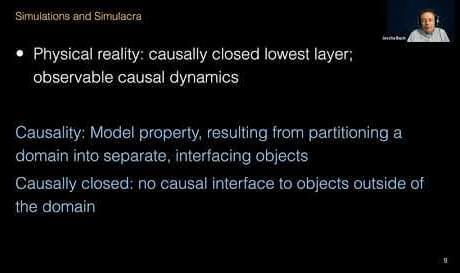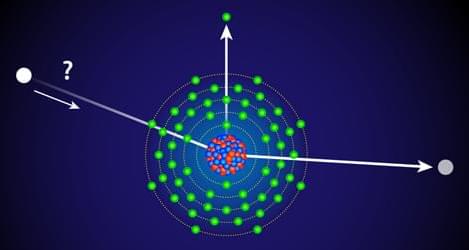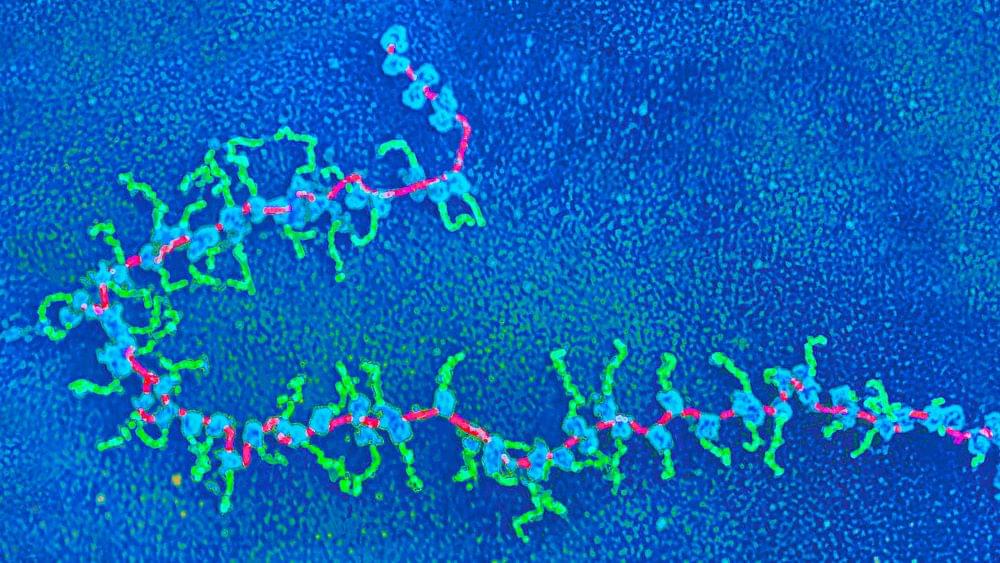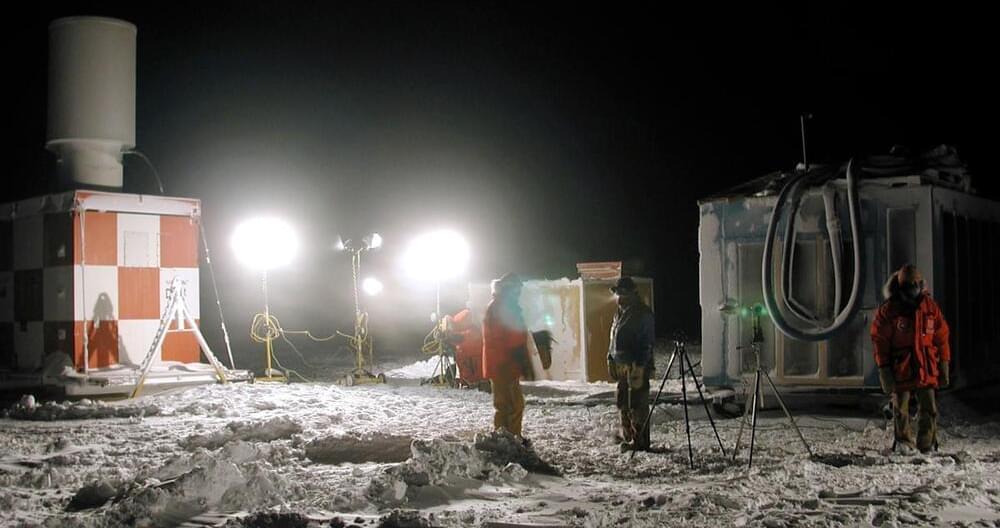Page 3935
Nov 10, 2022
5 ARTHUR C CLARKE 3 laws of prediction 2min
Posted by Dan Breeden in category: entertainment
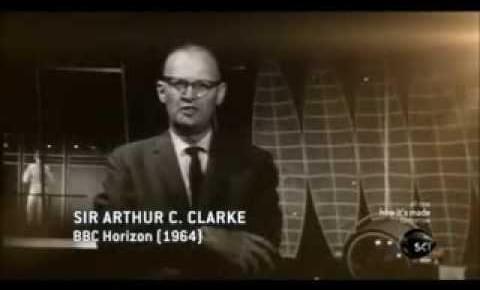
EXCERPT: ‘Prophets of Science Fiction’ hosted by Ridley Scott posits the science-fiction imaginings of the writers of the past are now becoming the science realities of our day. In this episode, Arthur C Clarke presents his 3 laws of prediction.
Nov 10, 2022
Arthur Clark’s Laws of Prediction & Shermer’s Final Law
Posted by Dan Breeden in category: media & arts
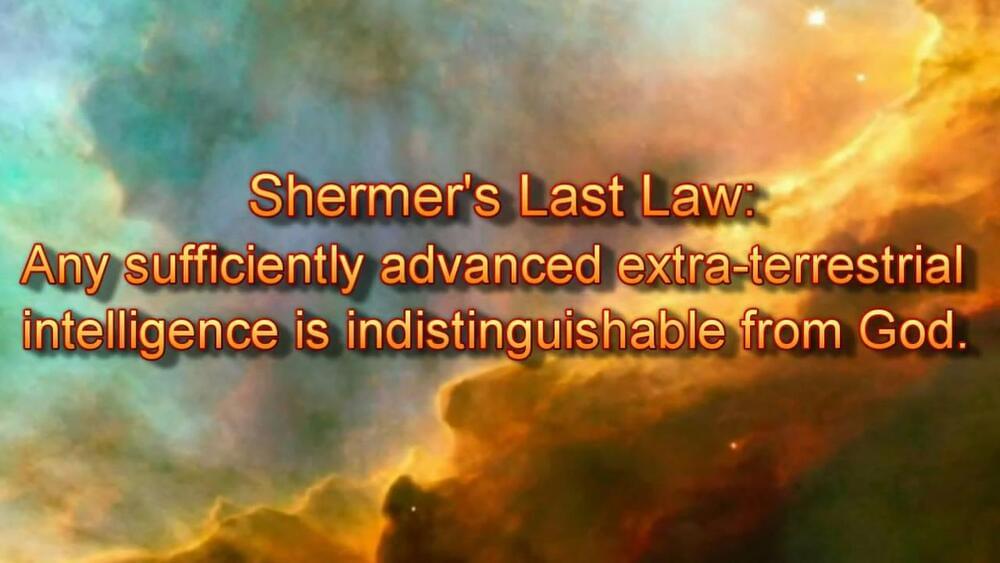
Making room for optimism.
2bsirius video about:
Arthur C. Clarke formulated the following three “laws” of prediction:
1. When a distinguished but elderly scientist states that something is possible, he is almost certainly right. When he states that something is impossible, he is very probably wrong.
2. The only way of discovering the limits of the possible is to venture a little way past them into the impossible.
3. Any sufficiently advanced technology is indistinguishable from magic.
For Shermer:
http://www.scientificamerican.com/article.cfm?id=shermers-last-law.
Full text of Shermers article:
http://www.michaelshermer.com/2002/01/shermers-last-law/
Continue reading “Arthur Clark’s Laws of Prediction & Shermer’s Final Law” »
Nov 9, 2022
Jim Harris Was Paralyzed. Then He Ate Magic Mushrooms
Posted by Quinn Sena in category: biotech/medical
O.o!!!
After becoming paralyzed from the chest down, the mountain athlete found an unlikely ally in recovery: psychedelics.
Nov 9, 2022
SenoClock — unlocking a preventive, longevity-focused mode of healthcare
Posted by Kelvin Dafiaghor in categories: biotech/medical, life extension
Today, Deep Longevity, a company will launch its new software as a service (SaaS) antiaging platform, SenoClock. The culmination of years of biogerontological research, SenoClock will host all of Deep Longevity’s patented aging clocks that may be used in clinical practice and other healthcare-adjacent industries.
Aging clocks available on the platform will allow its users to receive comprehensive and actionable pace of aging reports based on various data types, such as blood tests, psychological surveys, gut flora composition and more.
Longevity. Technology: Hospitals and clinics are mostly reactive when it comes to treatment, a practice that is partly due to infrastructure and partly due to human nature. However, as we discussed in our interview with Sir John Bell earlier this week, prevention must be the new paradigm and its one that better serves individuals, healthcare systems and populations as a whole. Deep Longevity’s new product SenoClock unlocks a preventive, longevity-focused mode of healthcare; a new SaaS platform, SenoClock offers physicians a single portal in which to track the aging rate of their patients, enabling them to generate personalised health plans.
Nov 9, 2022
Theorists React to Potential Signal in Dark Matter Detector
Posted by Dan Breeden in categories: cosmology, particle physics
A tantalizing signal reported by the XENON1T dark matter experiment has sparked theorists to investigate explanations involving new physics.
On June 16, 2020, the collaboration running XENON1T—one of the world’s most sensitive dark matter detectors—reported a signal it couldn’t explain (see today’s accompanying article, Viewpoint: Dark Matter Detector Delivers Enigmatic Signal). The signal has yet to reach the “5-sigma” bar for discovery, and a mundane explanation could still be the culprit. But theorists have been quick to explore whether exotic particles or interactions might be involved. Physical Review Letters followed a special procedure to get a coherent expert review of the proposals it received. Now, the journal is publishing five papers that represent the breadth of theories being pursued.
All of the reported scenarios explain two aspects of the signal, which was produced in the huge vat of ultrapure xenon that makes up XENON1T’s detector. First, the signal looks like it came from particles that collided mostly with the xenon atoms’ electrons. And second, each of these interactions dumped a few keV into the atom.
Nov 9, 2022
Cryptography’s Future Will Be Quantum-Safe. Here’s How It Will Work
Posted by Dan Breeden in categories: computing, encryption, mathematics, quantum physics, security, space
In 1994, the computer scientist Peter Shor discovered that if quantum computers were ever invented, they would decimate much of the infrastructure used to protect information shared online. That frightening possibility has had researchers scrambling to produce new, “post-quantum” encryption schemes, to save as much information as they could from falling into the hands of quantum hackers.
Earlier this year, the National Institute of Standards and Technology revealed four finalists in its search for a post-quantum cryptography standard. Three of them use “lattice cryptography” — a scheme inspired by lattices, regular arrangements of dots in space.
Lattice cryptography and other post-quantum possibilities differ from current standards in crucial ways. But they all rely on mathematical asymmetry. The security of many current cryptography systems is based on multiplication and factoring: Any computer can quickly multiply two numbers, but it could take centuries to factor a cryptographically large number into its prime constituents. That asymmetry makes secrets easy to encode but hard to decode.
Nov 9, 2022
How I Learned to Stop Worrying and Love Uncertainty
Posted by Dan Breeden in categories: education, mathematics, quantum physics
Like most physicists, I spent much of my career ignoring the majority of quantum mechanics. I was taught the theory in graduate school and applied the mechanics here and there when an interesting problem required it … and that’s about it.
Despite its fearsome reputation, the mathematics of quantum theory is actually rather straightforward. Once you get used to the ins and outs, it’s simpler to solve a wide variety of problems in quantum mechanics than it is in, say, general relativity. And that ease of computation—and the confidence that goes along with wielding the theory—mask most of the deeper issues that hide below the surface.
Deeper issues like the fact that quantum mechanics doesn’t make any sense. Yes, it’s one of the most successful (if not the most successful) theories in all of science. And yes, a typical high school education will give you all the mathematical tools you need to introduce yourself to its inner workings. And yes, for over a century we have failed to come up with an alternative theory of the subatomic universe. Those are all true statements, and yet: Quantum mechanics doesn’t make any sense.
Nov 9, 2022
Life’s First Peptides May Have Grown on RNA Strands
Posted by Dan Breeden in category: biotech/medical
The idea that life’s deepest, oldest roots were laid down by RNA molecules that evolved ever more complexity has dominated the origins-of-life field for the past few decades, reigning over competing theories that started instead with peptides or DNA.
But recently, the field has shifted toward theories that include more than one protagonist. One that’s gained particular momentum is the idea that RNAs and peptides coevolved complexity, and that their intermingling sparked life as we know it.
Now, a study published in Nature breathes fire into an “RNA-peptide world” by suggesting a plausible pathway for how early RNA molecules may have enabled peptides to grow directly on them, like mushrooms growing on a tree. Those peptides may in turn have stabilized the RNA molecules, allowing them space to complexify. This coevolution of two of life’s key players as a single mixed, “chimeric” molecule may have been the very start of protein production, and a step toward a primitive version of a ribosome.
Nov 9, 2022
Sensors Deep Under Antarctic Ice Located a Source of ‘Ghost Particles’ from Space
Posted by Dan Breeden in categories: electronics, particle physics
Scientists used the IceCube Neutrino Observatory, a special telescope that extends for more than a mile under the Antarctic ice at the South Pole, to capture roughly 80 astrophysical neutrinos from a galaxy known as NGC 1,068, or Messier 77, which has an extremely active galactic core. The finding suggests that these active galaxies provide “a substantial contribution” to the abundance of astrophysical neutrinos, and therefore cosmic rays, that permeate through the universe, according to a study published on Thursday in Science.
“This is a very exciting result because for the first time, we actually understand that astrophysical neutrinos can be related to this very special type of galaxy,” said Theo Glauch, an experimental physicist at the Technical University of Munich and a co-author of the new study, in a call with Motherboard. “We physicists call them active galaxies because they’re very different from, for example, our Milky Way.”
Unlike our own galaxy, which is currently dormant, NGC 1,068 contains “an extremely bright environment which we can only study in neutrinos,” Glauch added. “Neutrinos are the only particles that can directly escape from the processes that drive this extremely high luminosity in the core of those galaxies.”
